Choosing the right high bay gym lights can make or break your fitness facility’s atmosphere and functionality.
At PacLights, we understand that proper lighting is essential for athlete performance, safety, and overall gym experience.
This guide will help you navigate the world of high bay gym lights, exploring different types, key factors to consider, and how to make the best choice for your specific needs.
Why Proper Lighting Matters in High Bay Gyms
The Science Behind Gym Lighting
Human-centric lighting considers the visual and non-visual effects of light in support of positive human outcomes. This approach to lighting design can significantly impact the gym environment, enhancing both safety and performance.
Lighting Requirements for High Bay Areas
High bay areas (spaces with ceilings 20 feet or higher) require specific lighting solutions. The American Society of Heating, Refrigerating and Air-Conditioning Engineers (ASHRAE) recommends a minimum of 30 foot-candles (fc) for general gym areas and up to 100 fc for competition spaces.
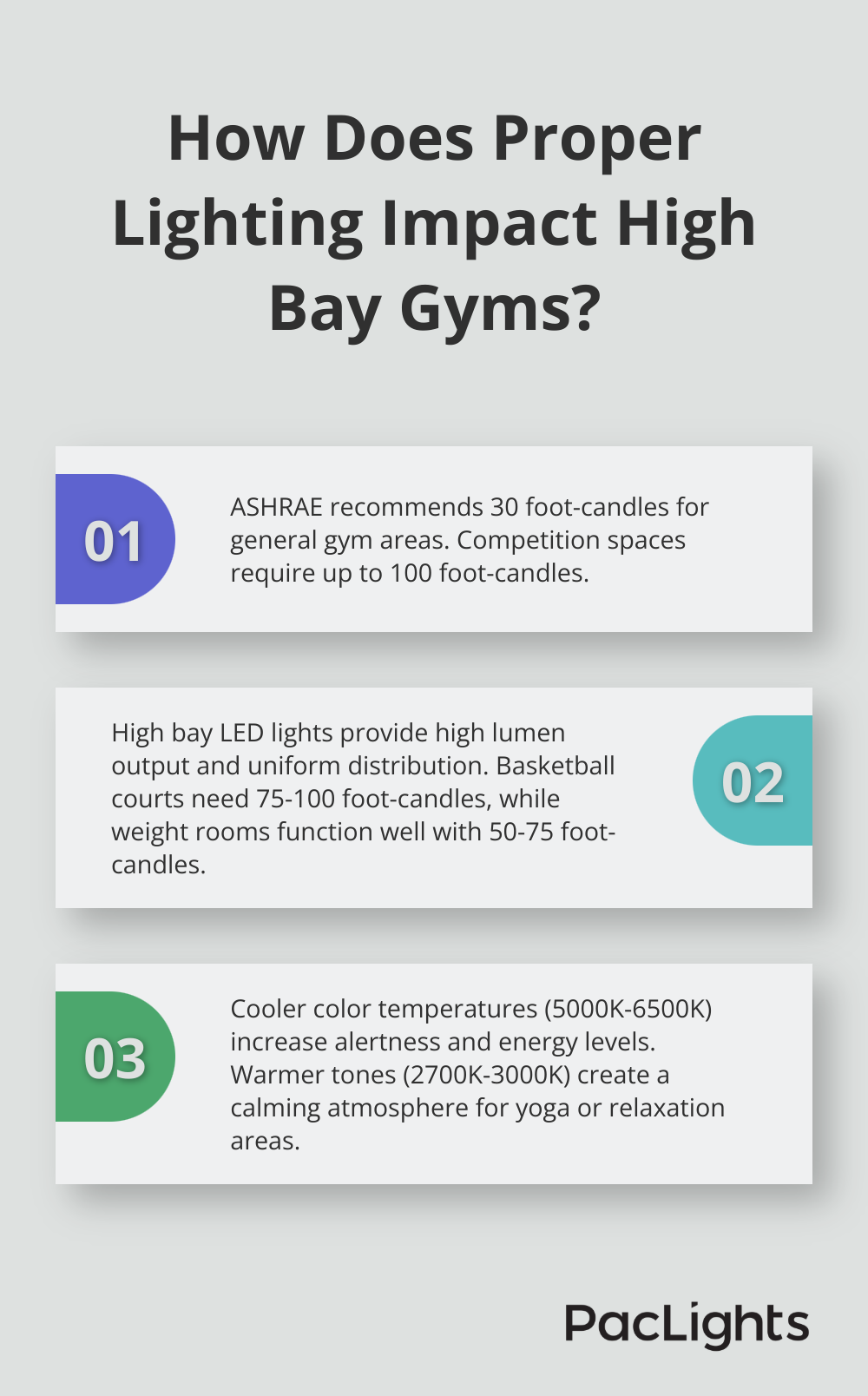
High bay LED lights often provide the best solution to achieve these levels. They offer high lumen output, uniform distribution, and easy adjustment to meet different activity needs. For instance, a basketball court might require 75-100 fc, while a weight room could function well with 50-75 fc.
Impact on Athlete Performance
Color temperature also plays a role. Cooler temperatures (5000K-6500K) increase alertness and energy levels, which suits most gym activities. However, some yoga or relaxation areas might benefit from warmer tones (2700K-3000K) to create a calming atmosphere.
Safety Considerations
Proper lighting isn’t just about performance – it’s a critical safety factor. In a gym setting, where heavy equipment and fast movements are common, good lighting becomes even more important.
High bay LED lights offer excellent glare control and uniform light distribution, which reduces shadows and dark spots that could lead to accidents. They also have a high Color Rendering Index (CRI), typically above 80, which allows users to accurately perceive colors and depth, further enhancing safety.
Quality high bay lighting for your gym doesn’t just improve aesthetics – it creates a safer, more effective environment for athletes and members. The next section will explore the various types of high bay gym lights available, helping you make an informed decision for your facility.
Which High Bay Lights Excel in Gym Environments?
LED High Bay Lights: The Superior Choice
LED high bay lights have transformed gym illumination. These fixtures consume significantly less power than traditional lighting options, resulting in substantial cost savings. LEDs offer an exceptional lifespan, which translates to fewer replacements and reduced maintenance costs. They also provide instant-on lighting without warm-up time, making them ideal for gyms with fluctuating usage patterns.
Metal Halide Lights: An Outdated Option
Metal halide lights once dominated high bay applications. They produce bright, white light that closely resembles natural daylight. However, these fixtures come with significant drawbacks:
- Shorter lifespan
- Light output degradation over time
- Higher energy consumption
- Increased heat generation (problematic for gym environments)
- Required warm-up period to reach full brightness
Fluorescent High Bay Fixtures: A Compromise Solution
Fluorescent high bay fixtures occupy a middle ground between LEDs and metal halides in terms of energy efficiency and lifespan. They use less energy than metal halides but more than LEDs.
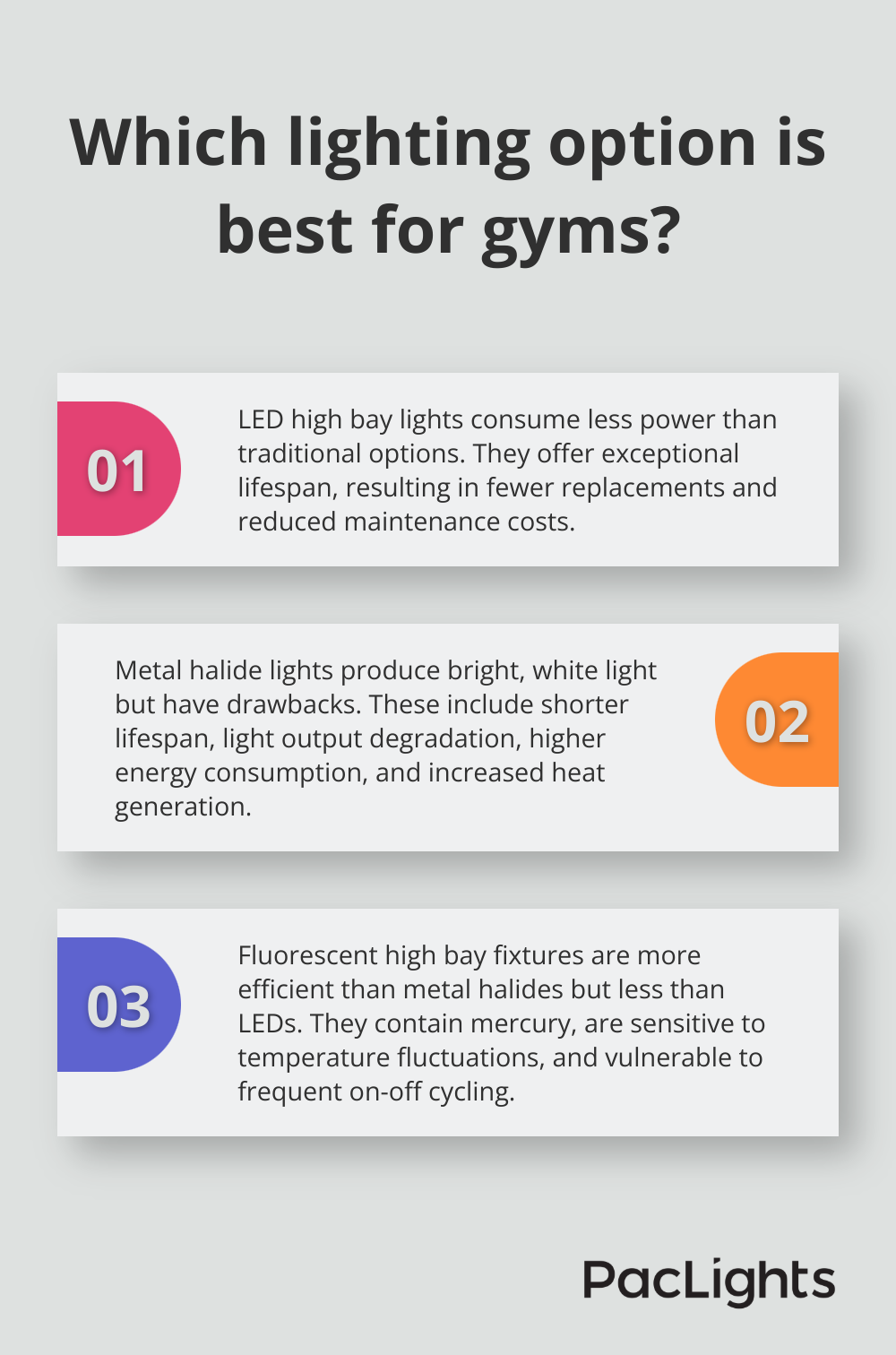
Despite improvements, fluorescents still fall short of LEDs in several areas:
- Mercury content (complicates disposal)
- Sensitivity to temperature fluctuations
- Vulnerability to frequent on-off cycling (can shorten lifespan in variable-use gym settings)
The Clear Winner: LED High Bays
When comparing these options, LED high bays emerge as the top choice for most gym applications. They offer:
- Highest energy efficiency
- Longest lifespan
- Best light quality
- Reduced operational costs
While the initial investment may be higher, the long-term savings in energy and maintenance make LED high bays a smart choice. Gym owners looking to upgrade their lighting should consider LED high bays from reputable manufacturers for the best combination of performance, efficiency, and longevity.
The next section will explore the key factors to consider when selecting high bay gym lights, helping you make an informed decision for your facility’s specific needs.
How to Select the Best High Bay Gym Lights
Illumination Power and Distribution
The first step in selecting high bay gym lights is to determine the required lumen output. The Illuminating Engineering Society (IES) recommends 30-50 foot-candles for general gym areas and up to 100 foot-candles for competition spaces. To achieve this, most gyms need fixtures that produce between 15,000 and 30,000 lumens per unit.
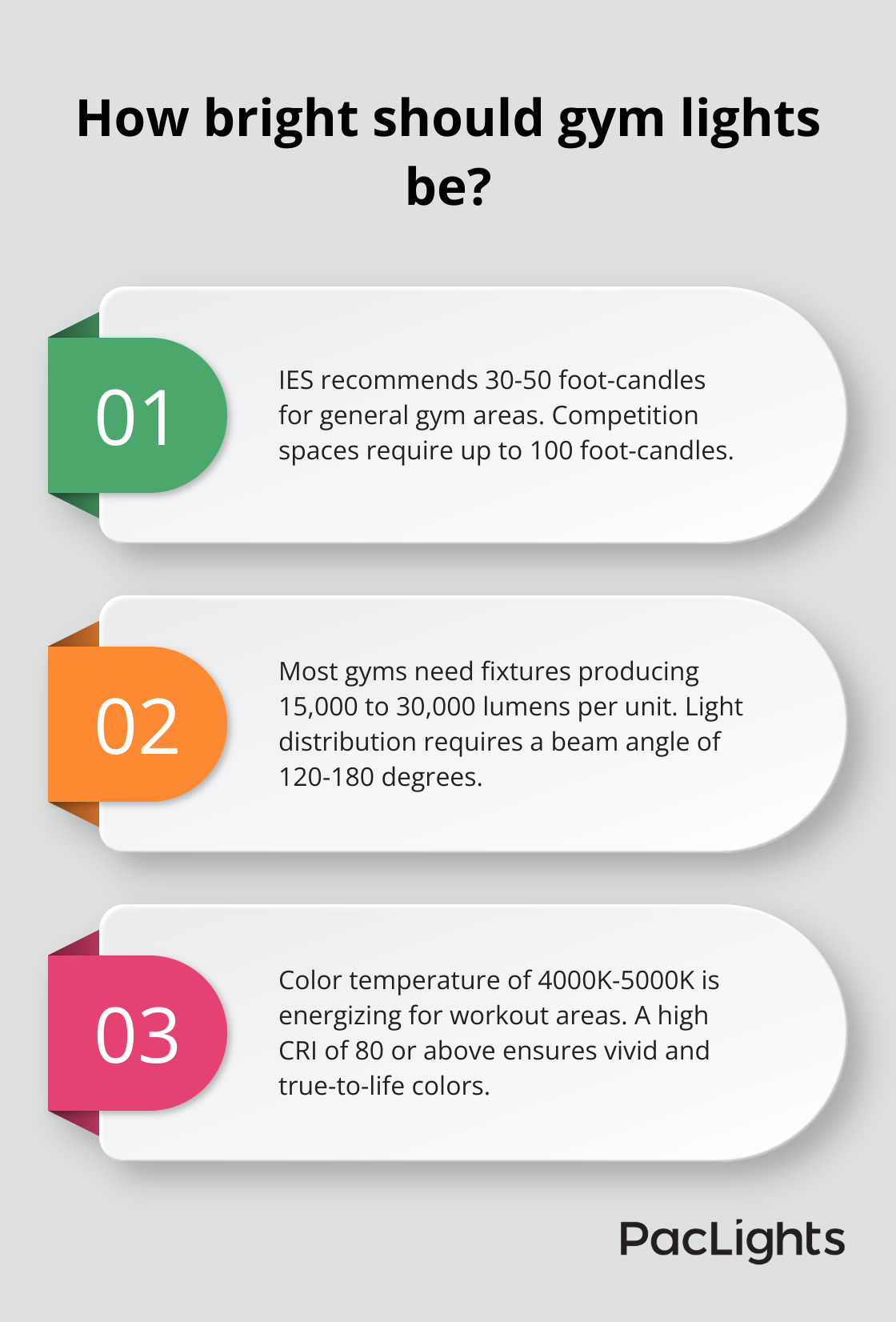
Light distribution is equally important. Uniform lighting prevents shadows and dark spots, which can be hazardous in a gym setting. Try to find fixtures with a beam angle between 120 and 180 degrees for even coverage across your facility.
Color Quality Matters
Color temperature affects the ambiance of the space. Cooler temperatures (4000K-5000K) are energizing and suitable for workout areas. This range provides a crisp, energizing light that enhances visibility and alertness.
A high CRI (80 or above) ensures that colors appear vivid and true-to-life. This is particularly important in gyms where accurate color perception can impact safety and performance. For instance, in a CrossFit box, the ability to distinguish between different colored weight plates quickly is essential for efficient workouts.
Durability in Active Environments
Gym lights must withstand potential impacts from flying objects (like basketballs or volleyballs). Look for fixtures with an IK rating of at least IK08, which indicates resistance to impacts up to 5 joules. Some high-end LED fixtures even offer ratings up to IK10, providing maximum protection against physical damage.
Additionally, consider the IP (Ingress Protection) rating. An IP65 rating or higher ensures that your lights are protected against dust and water, which is essential in humid gym environments or areas near swimming pools.
Energy Efficiency and Cost Savings
LED high bay lights offer superior energy efficiency compared to traditional lighting options (such as metal halide or fluorescent fixtures). This translates to significant cost savings on energy bills over time. LED lights also have a longer lifespan, which reduces maintenance and replacement costs.
Installation and Maintenance Requirements
Consider the ease of installation and maintenance when selecting high bay gym lights. LED fixtures often come with simple mounting options and require minimal maintenance throughout their lifespan. This can save time and money in the long run, especially for large gym facilities.
High bay gym lights play a vital role in creating an optimal environment for athletes and gym-goers. The right lighting solution improves visibility, enhances safety, and contributes to the overall success of your fitness facility. LED high bay lights offer numerous benefits, including better color rendering and significant cost savings through reduced energy consumption and maintenance needs.
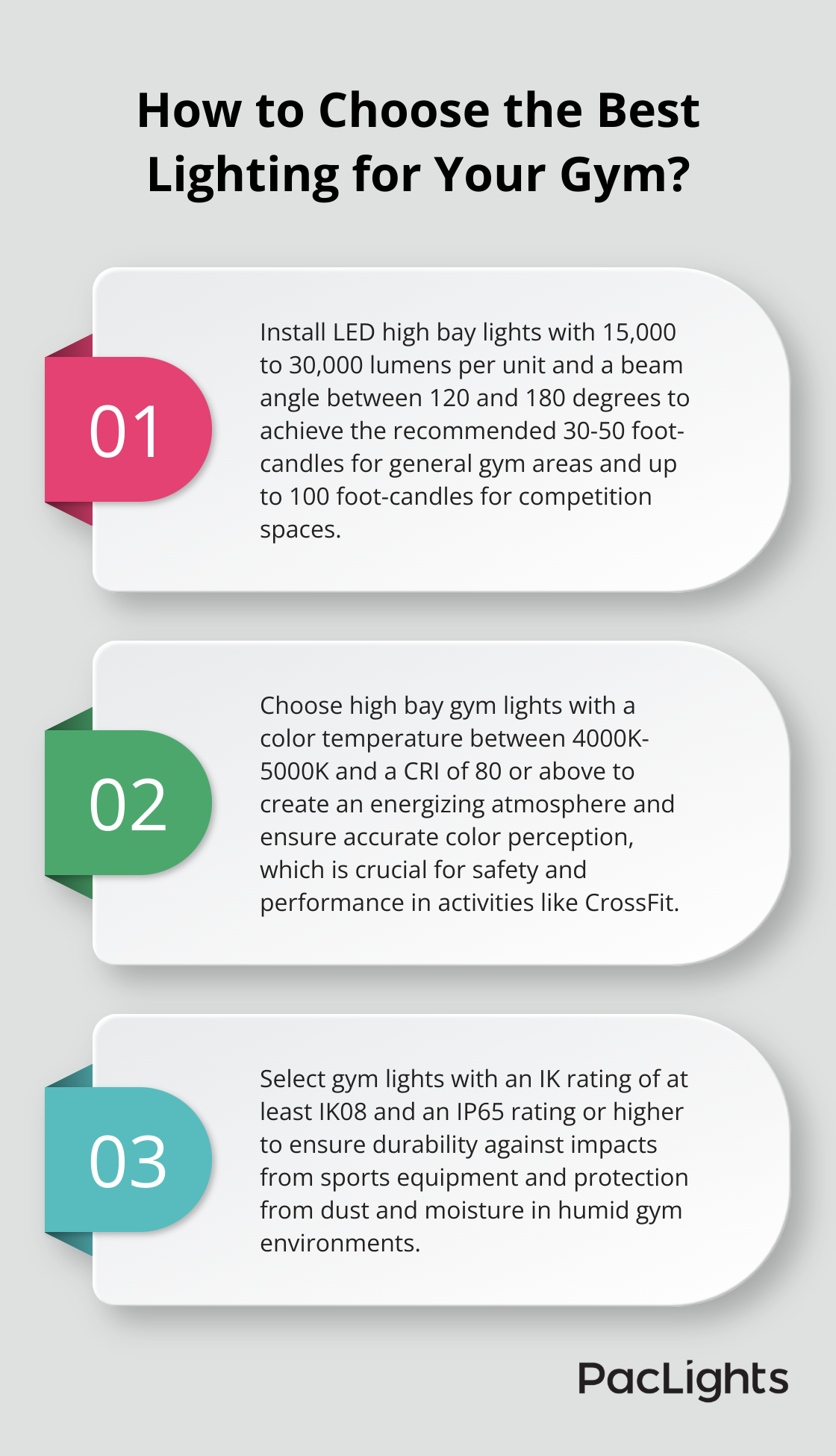
Every gym has unique requirements and challenges when it comes to lighting. We at PacLights recommend consulting with lighting professionals to ensure you select the best solution for your specific needs. Our team provides free lighting layout designs and ROI assessments to help you make an informed decision.
The selection of appropriate high bay gym lights transforms your facility into a beacon of fitness excellence. It attracts and retains members while optimizing your operational costs. Quality lighting creates an environment that enhances performance and prioritizes safety, setting your gym apart from the competition.


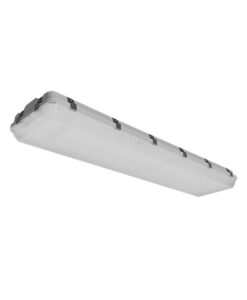
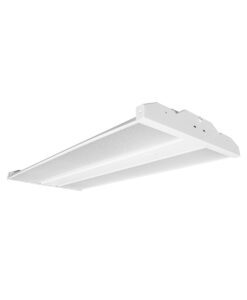
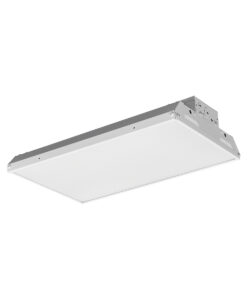
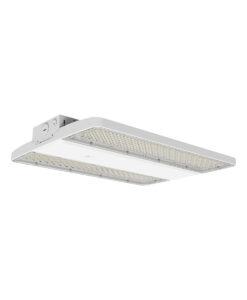
Disclaimer: PacLights is not responsible for any actions taken based on the suggestions and information provided in this article, and readers should consult local building and electrical codes for proper guidance.